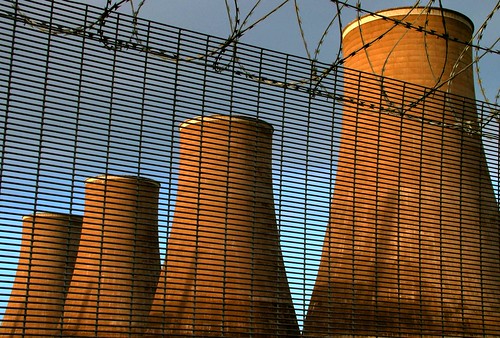
Photo Credit Sarey*
Yes, you read the title correctly and no, NegaWatt is not one of my normal typos!
What then is a NegaWatt? A NegaWatt, is a MegaWatt of electricity that you don’t use! Huh?
Think of it like this, suppose a utility company has 100MW to supply.
Now let’s say their typical demand is 90MW.
If a potential customer contacts them looking for 20MW, they have a problem.
They can either try to build new generation of 20MW (expensive) or, try to get their existing customers to reduce their demand by 20MW. The reduced demand is typically done through efficiencies and the required reduction, when achieved, is 20 NegaWatts – 20 MW of virtually generated electricity.
Now, take the concept of a NegaWatt a little further. If you could ‘generate’ a lot of NegaWatts it should be possible to sell these demand side units back to the utilities. They are just as useful to the utilities for meeting demand as actual MegaWatts. More useful when demand for electricity is high and supply is low.
This is not some fictional futurescape. It is actually happening now to a limited extent in some parts of the US and will be rolled out far more widely in the coming years as energy markets and smart grids become more sophisticated.
How might someone create NegaWatts? Well, have a look at some of the posts we have written here about Energy Demand Management for some ideas.
A lot of the work in this area currently is looking at things like changing settings on thermostats (think aircon, refrigeration and water heating), bringing diesel generators online, and time-shifting of consumption (think storage heaters and pre-cooling buildings early in the day when demand is lower).
Companies like Comverge, EnerNoc and Echelon are making devices and systems that let consumer monitor and adjust their electricity use in real time.
This is a whole new market which is about to open up. There are massive opportunities there for people to write software to manage this, to build the hardware to do this, and to aggregate NegaWatts for sale to utility companies.
This all feeds back into the read/write grid we have discussed here previously. With the rise of the NegaWatt, electricity becomes a far more two-way tradeable commodity and the implications for the uptake of renewables on the grid are enormous.








